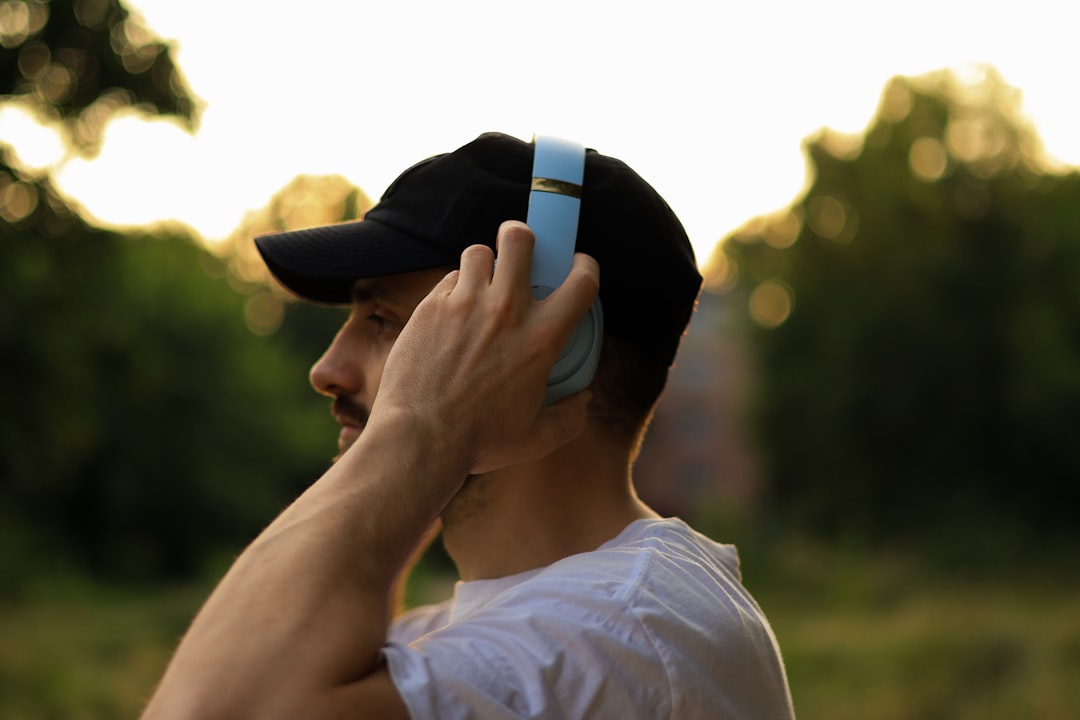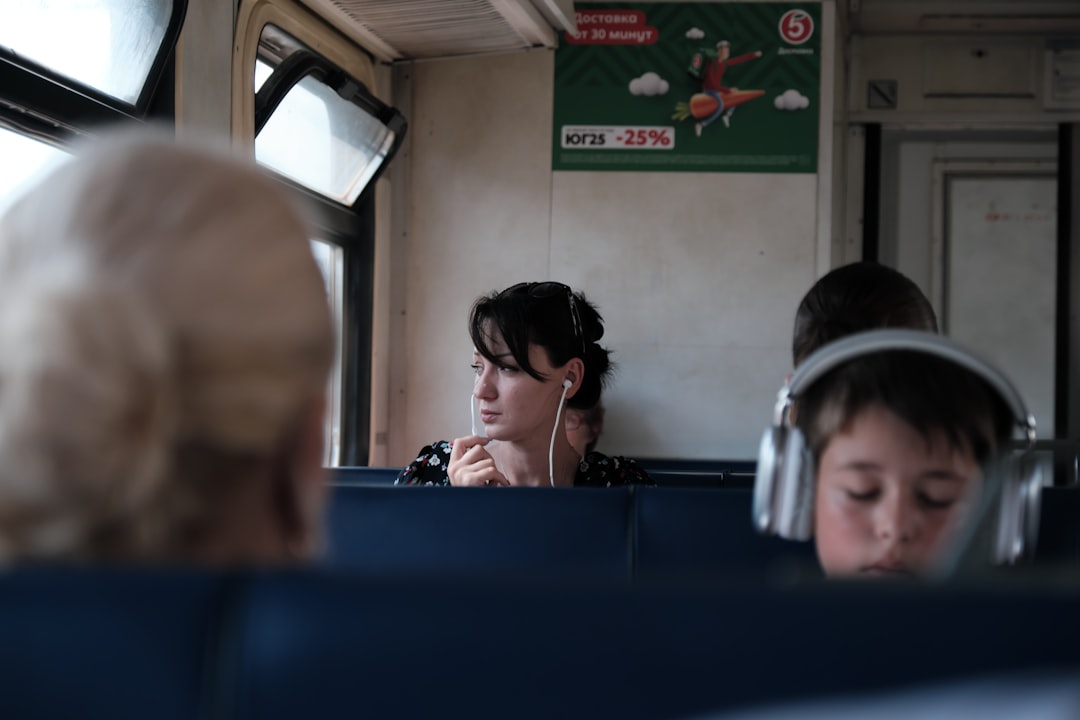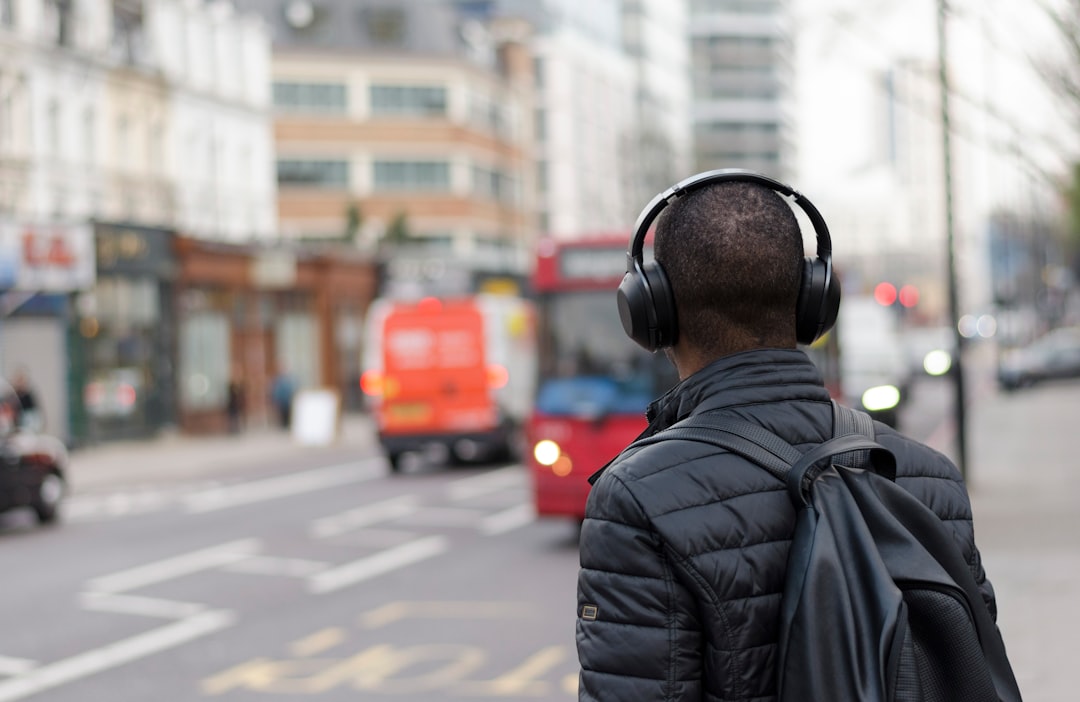Imagine walking through an airport or a museum and being able to wirelessly tune in to real-time audio in your own language, using just your personal Bluetooth earbuds. This futuristic scenario is now becoming a reality with the introduction of Bluetooth Auracast, a groundbreaking feature in the world of wireless audio. Built on the latest developments in Bluetooth LE Audio, Auracast promises to revolutionize how we share and experience audio in public and private settings.
What Is Bluetooth Auracast?
Bluetooth Auracast is a new capability added to the Bluetooth LE Audio specification. Unlike traditional Bluetooth audio, which is primarily a one-to-one transmission (like connecting your phone to your earbuds), Auracast enables a one-to-many broadcast audio stream. This means a single device can transmit audio to an unlimited number of nearby receivers — headphones, hearing aids, speakers — within its range.
The technology isn’t just about sharing music; it opens up a wide range of applications. Whether it’s transmitting live audio translations in museums, assistive hearing in public venues, or silent TV in gyms, Auracast makes the listening experience more inclusive, accessible, and flexible than ever before.

How Does Auracast Work?
Auracast operates using Bluetooth Low Energy (LE) Audio, which is more power-efficient and supports better audio quality compared to classic Bluetooth. Here’s a breakdown of how the system works:
- Broadcast Source: A device, such as a smartphone, TV, or public announcement system, acts as the source to broadcast audio using Bluetooth LE.
- Multiple Listeners: Nearby Bluetooth LE Audio-compatible devices, like earbuds or hearing aids, can scan for and connect to the broadcast, similar to how one might join a Wi-Fi network.
- Audio Sharing: Users select from available audio broadcasts, sometimes identified by a name, like “Gate A12 Announcements” or “Gym TV Station 1”.
This model supports two key modes:
- Public broadcast: Anyone within range can listen in freely. Ideal for places like airports or conference halls.
- Private broadcast: Requires a specific access key or QR code to join. Perfect for friends sharing music or silent discos.
What Makes Auracast Different from Standard Bluetooth Audio?
Traditional Bluetooth audio connections are limited in how many devices can be paired to a single source at one time. Typically, only one or two devices can be connected. With Auracast, these limitations are gone, allowing a broadcast to reach hundreds of devices simultaneously.
In addition, Auracast doesn’t require prior pairing, which streamlines user interaction and makes temporary or spontaneous listening easier. It also integrates seamlessly with hearing aids, helping users in noisy environments hear essential announcements clearly without extra hardware or apps.
Key Benefits of Bluetooth Auracast
The advantages of Auracast go beyond wireless convenience. Here are some of the most impactful benefits:
- Increased Accessibility: Auracast helps hearing-impaired users enjoy real-time audio directly into compatible hearing devices.
- Shared Experiences: Friends and groups can listen to the same audio source without tangled cords or complicated pairing setups.
- Personalized Audio Streams: In public places, users can choose preferred languages or audio options offered over different Auracast channels.
- Public Venue Integration: From bus announcements to theater audio, Auracast enables efficient and customizable audio distribution.

Use Cases and Real-World Applications
Bluetooth Auracast is poised to change the way we interact with audio in numerous real-life settings. Here’s how it could be employed:
- Airports & Train Stations: Travelers can receive real-time gate updates or station announcements directly to their earphones.
- Theaters & Auditoriums: Venues can provide audio feeds in multiple languages or for the hearing impaired without additional equipment.
- Gyms & Fitness Centers: Members can tune into the audio feed of the TV they’re watching while working out.
- Silent Events: Whether in a silent disco or a workplace event, users can join private audio streams quickly and painlessly.
Beyond public spaces, Auracast can also deliver great advantages in personal settings — sharing music, watching movies on a tablet with others, or multiple housemates listening to the same playlist using their own devices.
What Do You Need to Use Auracast?
To enjoy the benefits of Auracast, both the broadcasting and receiving devices must support Bluetooth LE Audio and Auracast. While adoption is in early stages, more manufacturers are beginning to integrate the necessary support into their devices.
Here’s what’s typically required:
- Auracast Transmitter: This could be a smartphone, laptop, TV, or public audio system properly equipped with LE Audio and Auracast features.
- Auracast Receiver: This includes earbuds, headphones, or hearing aids certified for BLE Audio and capable of tuning into broadcasts.
Future firmware upgrades may also bring Auracast features to existing devices, depending on hardware compatibility.
What the Future Holds for Wireless Audio
Bluetooth Auracast is more than just a cool feature — it represents a major shift in wireless audio transmission and accessibility. As the technology becomes mainstream, listening experiences in public and private spaces will be transformed. We are likely to see it integrated into audio infrastructure in hotels, stadiums, museums, airports, fitness centers, and even homes in the coming years.
Manufacturers and developers are optimistic that Auracast will be a cornerstone of next-gen audio, providing not just clearer sound but more inclusive listening experiences. This could lead to fewer barriers in communication, especially for those with hearing impairments, and elevate the convenience of audio-sharing for everyone.
FAQ: Frequently Asked Questions About Bluetooth Auracast
-
Q: Is Bluetooth Auracast available now?
A: Bluetooth Auracast is beginning to roll out in compatible devices, although broad adoption may take a few years as manufacturers update their hardware and software. -
Q: Can existing Bluetooth headphones support Auracast?
A: Only if the headphones support LE Audio and Auracast, and even then they may require firmware updates. Most older devices using Classic Bluetooth won’t support it. -
Q: How does Auracast improve accessibility?
A: It enables real-time, high-quality audio transmission directly to hearing aids and personal devices, making environments more inclusive for people with hearing loss. -
Q: Is pairing required for Auracast broadcasts?
A: No. Devices can join public broadcasts without pairing. For private streams, users may need a code or QR to join. -
Q: What kind of range does Auracast offer?
A: Auracast operates within typical Bluetooth range — generally 30 to 100 feet — depending on the device’s transmission power and environmental conditions.
As Bluetooth technology continues to evolve, innovations like Auracast are poised to bring people closer to the information, entertainment, and accessibility solutions they need — anytime and anywhere.



